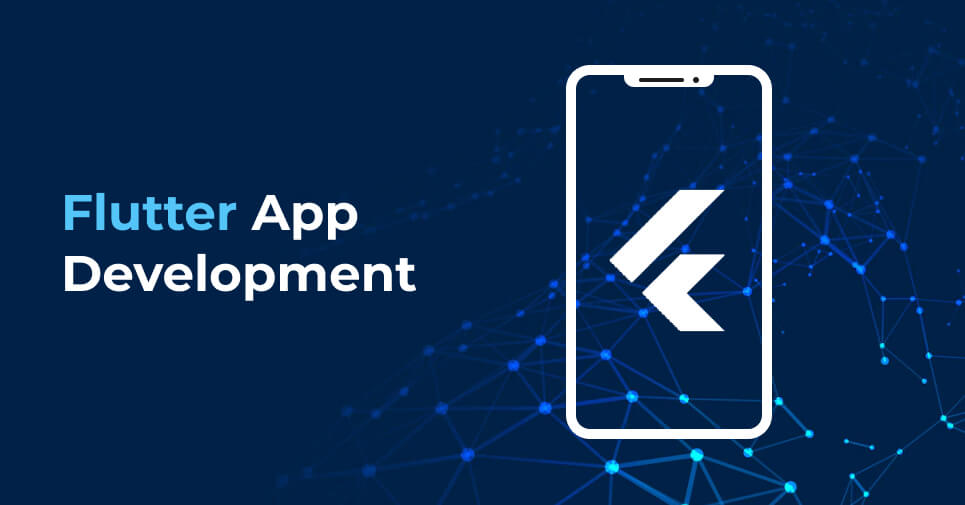
Flutter has been around already since 2015 when Google first introduced it, but the buzz around it has grown stronger only lately. It’s a cross-platform tool intended for creating Android and iOS apps from a single code base by using a modern, reactive framework. Flutter apps are built using Dart, a simple object-oriented programming language. The central idea of Flutter revolves around widgets. The entire UI is made of combining different widgets, each of which defines a structural element (like a button or menu), a stylistic element (like a font or color scheme), an aspect of layout (like padding), and so on. Flutter does not use OEM widgets, but provides its own ready-made widgets which look native either to Android (Material Design) or iOS apps (Cupertino). It’s also possible to create custom widgets. Look for a technical overview.
In terms of popularity, Flutter is making good progress. While Flutter had made it to the by the time release preview 1 was announced in June 2018, it has risen in the ranks and is now . Two years later Flutter SDK ranks as top , following giants like Linux, vue and vscode. This, without a doubt, is a promising trend. Thousands of Flutter apps have made its way to app stores, among these the Alibaba app with 50 million users.
Without making any comparisons with other platforms, here’s a list of some of the features and qualities that may make you consider having a go at Flutter:
High productivity. Since Flutter is cross-platform, you can use the same code base for your iOS and Android app. This can definitely save you both time and resources
Great performance.Dart compiles into native code and there is no need to access OEM widgets as Flutter has its own. This means less mediated communication between the app and the platform. As puts it: “Flutter is the only mobile SDK that provides reactive views without requiring a JavaScript bridge.” All of this contributes to fast app startup times and less performance issues.
Fast and simple development. One of the most lauded features of Flutter is hot reload which allows you to instantly view the changes made in the code on emulators, simulators and hardware. In less than a second, the changed code is reloaded while the app is running with no need for a restart. This is great not just for building UIs or adding features but also for bug fixing. As far as simplicity is concerned, Flutter claims in its that programming with Flutter is so easy that no prior programming knowledge is required: “Experience with object-oriented languages is definitely helpful, but even non-programmers have made Flutter apps!” There’s only one way to find out whether this is true.
Compatibility. Since widgets are part of the app and not the platform, you’ll likely experience less or no compatibility issues on different OS versions. This in turn means less time spent on testing.
Open-source.Both Flutter and Dart are open-source and free to use, and provide extensive documentation and community support to help out with any issues you may encounter.